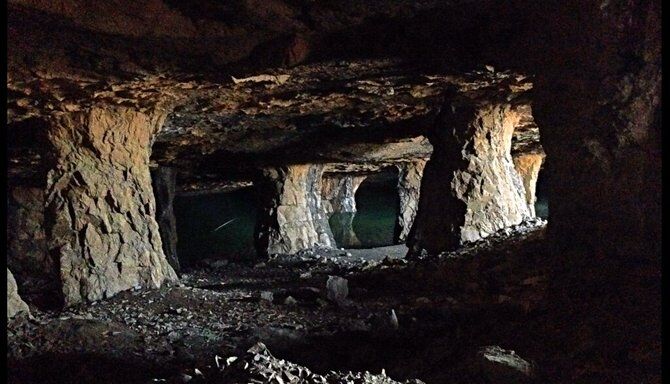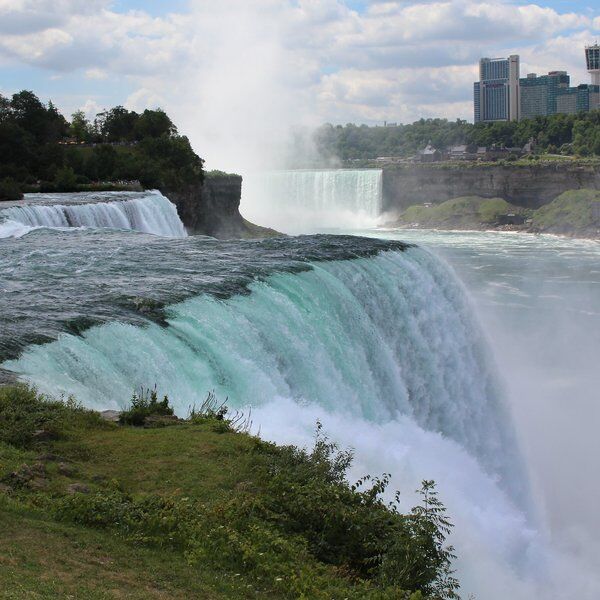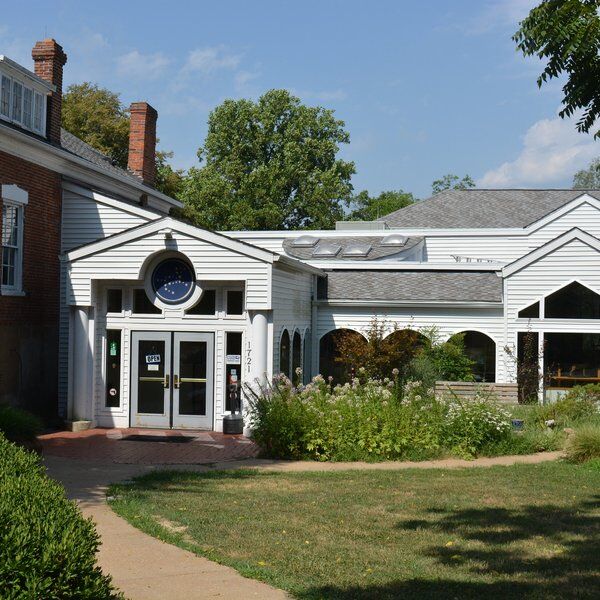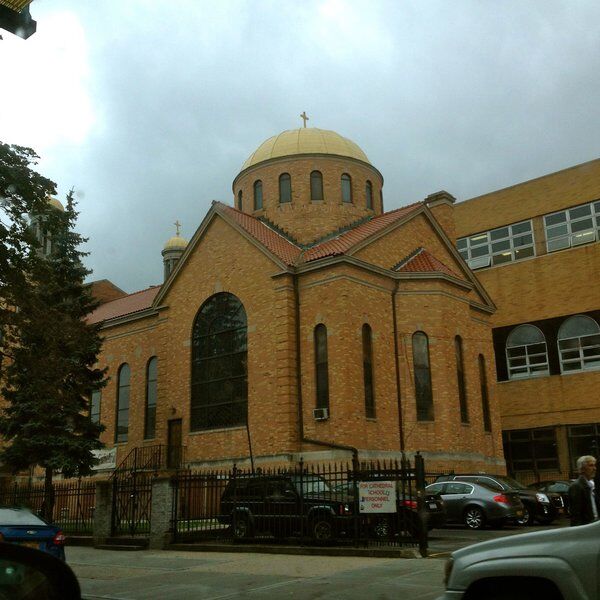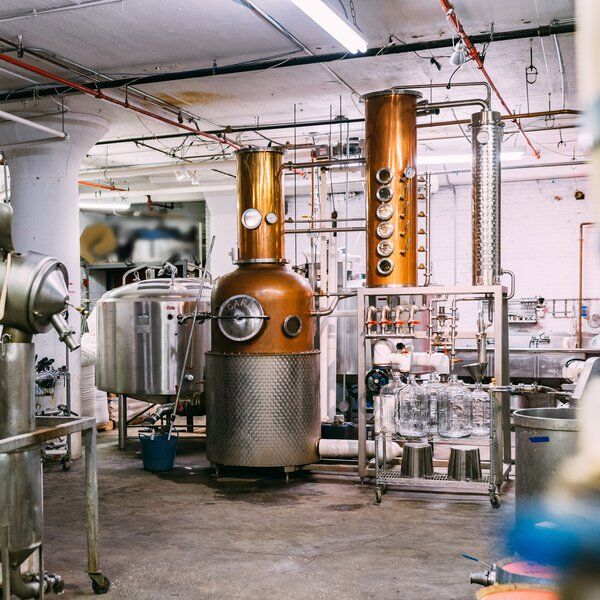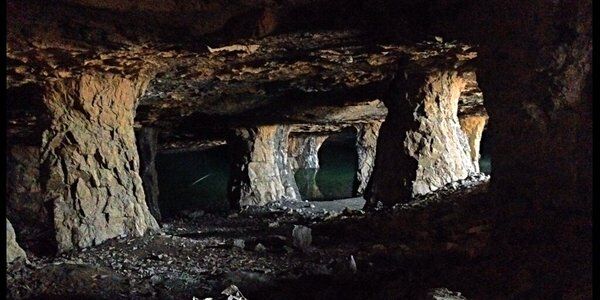
The Beating Heart Of The Widow Jane Mine
A pounding of drums echoes off thick limestone walls. On a dimly lit stage, a troop of performers dance energetically from instrument to instrument, their legs wide, wooden 'bachi' sticks in their hands. This is Widow Jane Mine's annual taiko concert, one of many such events to take place within its stunning limestone halls.
Today, performance is the site's main purpose but it remained active as a mine from 1825 right through to 1970 and, during this period, contributed to the development of everything from the Washington Monument to the Erie Canal.

The Prehistory Of The Widow Jane Mine
Since the age of the ancient Egyptians people have been using gypsum to create cement-like structures, such as the Pyramid of Giza. It wasn't until the early 19th century however that modern cement itself was invented.
Joseph Aspdin, a pioneering British stonemason, heated a mix of clay and limestone over his kitchen stove and, just like that, construction was changed forever.
This versatile new material was soon being used in the foundations of buildings and the linings of pipes and canals across the globe. The limestone it was made from became invaluable, and it just so happened that a large reserve could be found in Rosendale NY.

The Widow Jane Mine Is Established
The Widow Jane Mine was set-up, along with 15 other mines, to extract this precious resource from the ground beneath, and Rosendale cement was born. This soon became extremely popular in the US and was used in, alongside the structures mentioned above, the Brooklyn Bridge, the base of the Statue of Liberty and the Capitol.
The miners themselves, most of them immigrants, laboured in very harsh conditions, working ten hour shifts underground with no respirators to protect them from the dust. As with many working class people of the time, they suffered for the country's industrial advances.
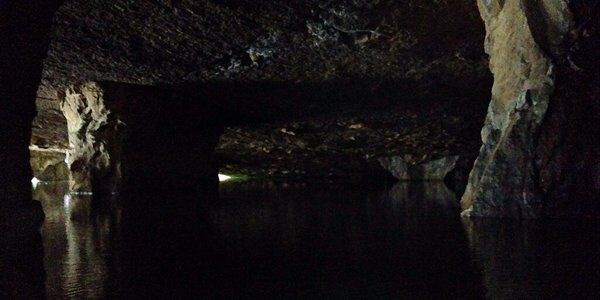
The Widow Jane Mine Closes
Over a 145 year period, huge caverns were hollowed out inside the mine. Thick pillars were left here and there, interrupting the empty space, reaching between the limestone ceiling and limestone floor. When, in 1970, the mine closed, a jaw-dropping space was left behind.
It did not immediately become a music venue however. First this dazzling cavern was used for a different purpose: it was a mushroom farm for Campbell's soup. It then became the fresh water source of a whiskey named for the site: 'Widow Jane Whiskey', before finally being turned into the unique concert space it is today.
As well as watching performances, visitors are also welcome to roam the old mine, with a suggested donation of one dollar. 80% of it is now underwater and sources of natural light are few and far between. Where there is light however the reflections of the cave and its pillars in the pools have to be seen to be believed.
Being located on an old estate, the mine is surrounded by woodland trails and is next to a stately home: Century House, whose history alludes to the origins of its name.

Who Was Widow Jane?
Jane LeFerre Snyder married into the Snyder family (the owners of the estate) in the mid 19th century. Her husband died when she was only 31, hence the name 'Widow Jane'.
Just why the mine was named after her remains unclear, but it is often noted that she lost all four of her male children as infants. This unhappiness has lead many to claim that her ghost haunts the mine to this day.
Interested in finding more places like this? Try one of our NYC Scavenger Hunts - untangle cryptic clues as a team, as you are taken on a journey to the most unique, unusual and bizarre corners of NYC.
